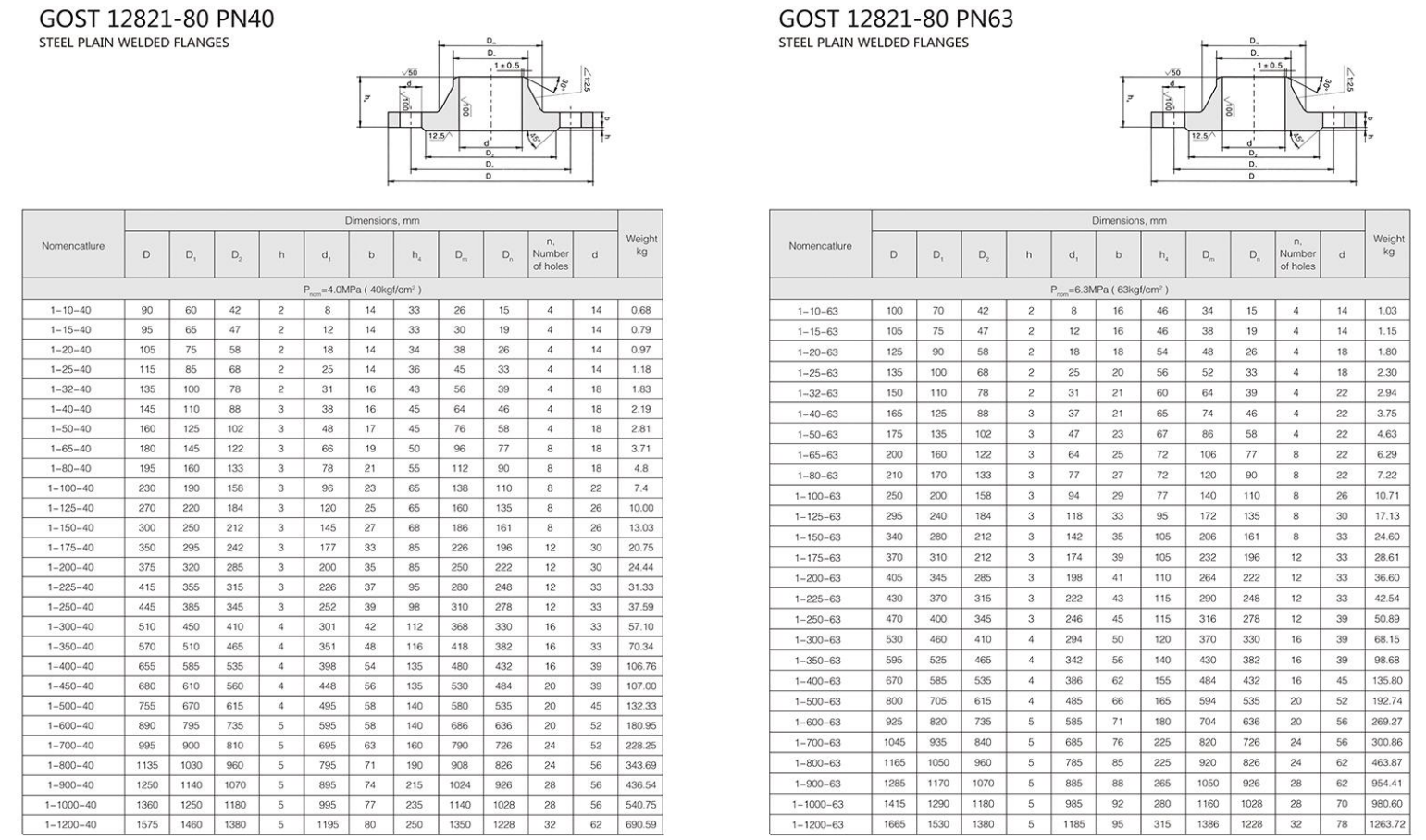-
Cangzhou Yulong Steel Co., Ltd.
-
Phone:
+86 13303177267 -
Email:
admin@ylsteelfittings.com
- English
- Arabic
- Italian
- Spanish
- Portuguese
- German
- kazakh
- Persian
- Greek
- French
- Russian
- Polish
- Thai
- Indonesian
- Vietnamese
- Zulu
- Korean
- Uzbek
- Hindi
- Serbian
- Malay
- Ukrainian
- Gujarati
- Haitian Creole
- hausa
- hawaiian
- Hebrew
- Miao
- Hungarian
- Icelandic
- igbo
- irish
- Japanese
- Javanese
- Kannada
- Khmer
- Rwandese
- Afrikaans
- Albanian
- Amharic
- Armenian
- Azerbaijani
- Basque
- Belarusian
- Bengali
- Bosnian
- Bulgarian
- Catalan
- Cebuano
- China
- China (Taiwan)
- Corsican
- Croatian
- Czech
- Danish
- Esperanto
- Estonian
- Finnish
- Frisian
- Galician
- Georgian
- Kurdish
- Kyrgyz
- Lao
- Latin
- Latvian
- Lithuanian
- Luxembourgish
- Macedonian
- Malgashi
- Malayalam
- Maltese
- Maori
- Marathi
- Mongolian
- Myanmar
- Nepali
- Norwegian
- Norwegian
- Occitan
- Pashto
- Dutch
- Punjabi
- Romanian
- Samoan
- Scottish Gaelic
- Sesotho
- Shona
- Sindhi
- Sinhala
- Slovak
- Slovenian
- Somali
- Sundanese
- Swahili
- Swedish
- Tagalog
- Tajik
- Tamil
- Tatar
- Telugu
- Turkish
- Turkmen
- Urdu
- Uighur
- Welsh
- Bantu
- Yiddish
- Yoruba

Jul . 31, 2024 12:29 Back to list
Exploring the Specifications and Applications of API 5L PSL2 X52 Steel Pipes and Their Benefits
Understanding the API 5L PSL2 X52 Pipeline Steel
The API 5L specification is one of the most recognized standards for oil and gas pipeline construction worldwide. Established by the American Petroleum Institute (API), this specification covers the manufacturing and quality assurance requirements for steel pipes used in the transportation of oil, gas, and water. Among the various grades specified, API 5L PSL2 X52 is one of the most commonly utilized grades, particularly for pipelines that endure high pressure and are subjected to extreme conditions.
Composition and Mechanical Properties
API 5L PSL2 X52 steel possesses a minimum yield strength of 52,000 psi, which provides the material with a robust structural integrity that is essential for handling pressurized fluids. The chemical composition of X52 steel typically includes elements such as carbon (C), manganese (Mn), phosphorus (P), sulfur (S), and, in some cases, additional alloys like nickel (N) and chromium (Cr) to enhance specific properties.
The typical chemical composition is as follows
- Carbon (C) max 0.22% - Manganese (Mn) 1.2% max - Phosphorus (P) 0.03% max - Sulfur (S) 0.02% max
This careful balance of elements not only contributes to the yield strength and tensile strength but also ensures good weldability and ductility. Resistance to corrosion and various environmental factors makes X52 an increasingly popular choice for pipeline construction in diverse climates and geographies.
Applications in the Oil and Gas Industry
api 5l psl2 x52

X52 steel pipes are commonly used to transport natural gas, crude oil, and other hydrocarbons across vast distances. Their strength allows them to maintain structural integrity under high pressures, while their ductility ensures that, even in the event of ground movement or other external stresses, they can accommodate some level of deformation without catastrophic failure.
These pipelines can be found in both onshore and offshore applications, with X52 being a preferred choice for modern infrastructure projects. Furthermore, due to its favorable properties, X52 is suitable for sour environments, where hydrogen sulfide (H2S) content poses a risk, making it essential in various drilling and extraction applications.
Manufacturing Standards and Quality Control
API 5L PSL2 X52 pipes are manufactured under strict guidelines and quality control measures to ensure reliability and safety. The PSL2 (Product Specification Level 2) designation indicates that the pipes meet more rigorous testing and examination protocols than PSL1. This includes requirements for chemical composition, mechanical properties, and non-destructive testing for flaws within the material.
Manufacturers are required to adhere to a strict quality management system, which encompasses everything from the raw material selection to the final inspection of finished products. This ensures that companies procuring X52 pipes can be confident in their performance and longevity under operational stresses.
Conclusion
API 5L PSL2 X52 has emerged as a critical material for the oil and gas industry's pipeline infrastructure. Its excellent mechanical properties, coupled with high resistance to external influences, make it an indispensable choice for energy transportation systems. As global energy demands continue to evolve, the importance of reliable, durable materials such as X52 cannot be overstated. With continuous advancements in manufacturing technologies and methods, the future of API 5L PSL2 X52 will undoubtedly play a vital role in meeting the challenges of modern energy infrastructure.
Latest news
-
ANSI 150P SS304 SO FLANGE
NewsFeb.14,2025
-
ASTM A333GR6 STEEL PIPE
NewsJan.20,2025
-
ANSI B16.5 WELDING NECK FLANGE
NewsJan.15,2026
-
ANSI B16.5 SLIP-ON FLANGE
NewsApr.19,2024
-
SABS 1123 FLANGE
NewsJan.15,2025
-
DIN86044 PLATE FLANGE
NewsApr.19,2024
-
DIN2527 BLIND FLANGE
NewsApr.12,2024
-
JIS B2311 Butt-Welding Fittings LR/SR 45°/90° /180°Seamless/Weld
NewsApr.23,2024











